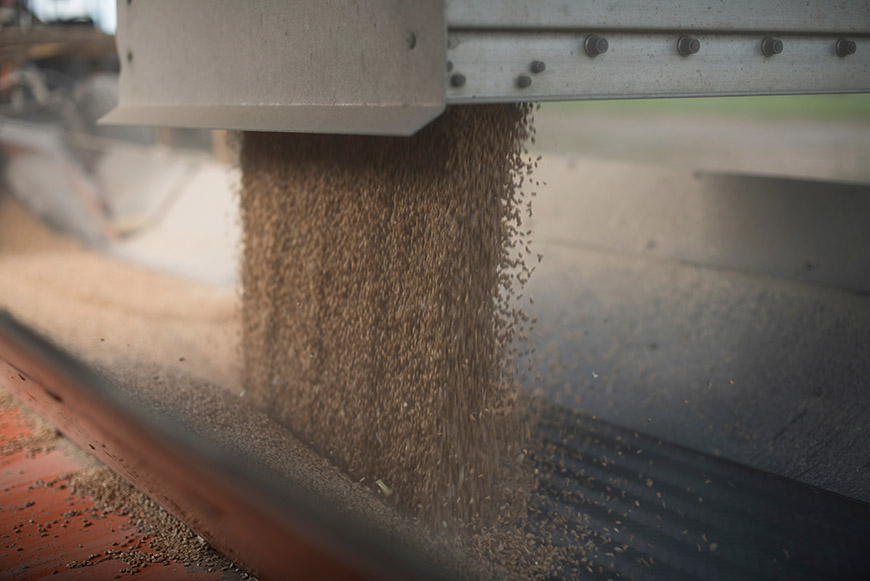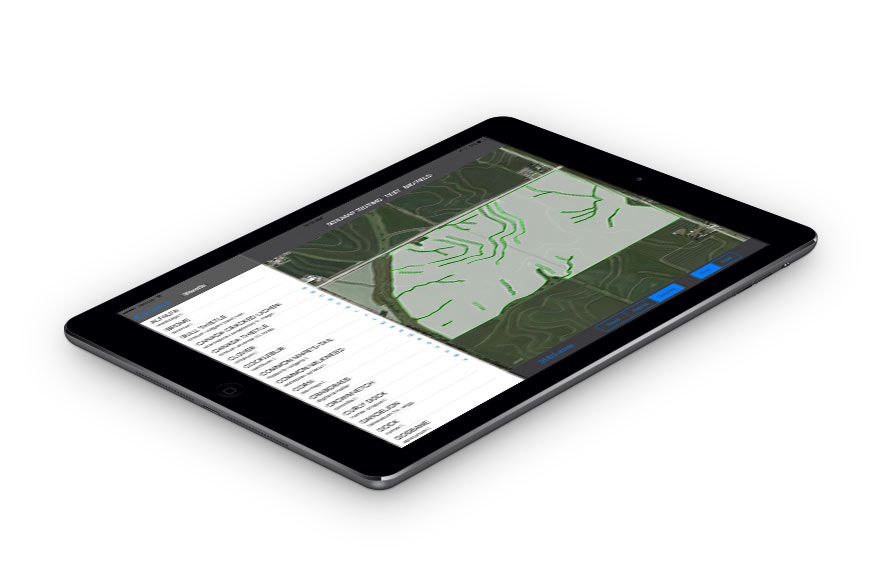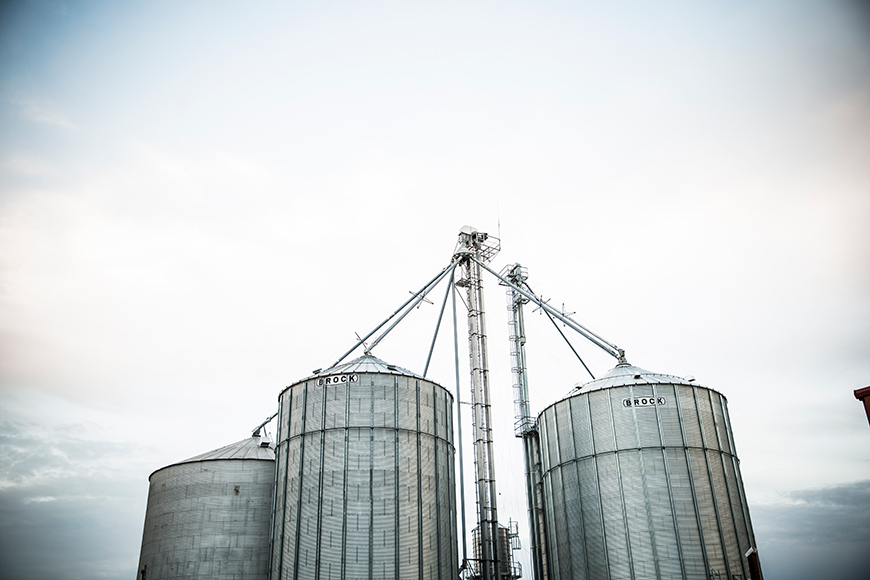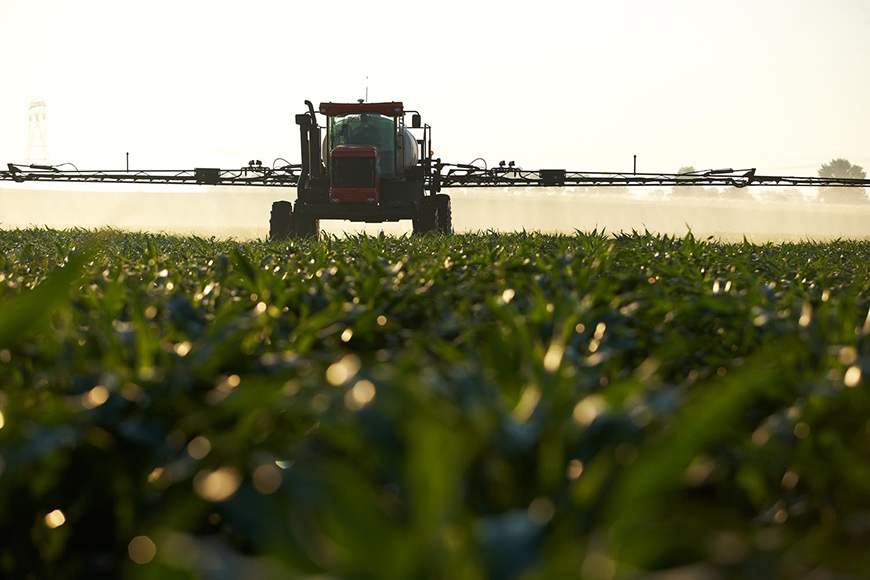The Value of Autonomy in Agriculture

From self-driving tractors to drones that capture aerial field imagery to robots that collect data at the plant-canopy level, autonomous technology is earning its stripes from farmers worldwide. As more farmers adopt autonomy on their operations, more questions are raised. As both a digital technology manager and a farmer, I seek to understand how these technologies will shape the way we farm.
Going smaller to gain efficiency
I can envision a world where farmers transition to smaller machines or smaller equipment that works together. For example, autonomous power units like DOT can be mounted with numerous implements, such as seeders, sprayers and grain carts. This opens the door for less machinery, meaning lower capital costs and equipment depreciation.
Smaller equipment can allow farmers to diversify the actions taking place in a single field or multiple fields with ease. On top of that, farmers will have more time to focus on planning and decision-making because they’ll be spending less time operating machinery.
Closing the gap between farm and fork
Automation will also allow for perishable crops like fruits and vegetables to be grown closer to the consumer, dramatically reducing the distance between farm and fork. As all farmers know, transportation is an incredibly high cost of food production. Automated processes that help grow perishable foods can reduce transportation distance, in turn substantially reducing costs and increasing efficiency.
Contributing to research
Our ability to execute research is much further along because of automation. Collecting data is a timely and meticulous process. If robots can get in the field or drones can remotely collect data, it allows more time for agronomists and farmers to analyze it. Our ability to standardize the way we do research in the field will evolve the more we understand remote, autonomous data collection.
At its core, WinField United is an insights company. If autonomy can provide access to more precise data in less time, agronomists and retailers can provide deeper insights and more robust plans to farmers. And that’s something we can all benefit from.
Going smaller to gain efficiency
I can envision a world where farmers transition to smaller machines or smaller equipment that works together. For example, autonomous power units like DOT can be mounted with numerous implements, such as seeders, sprayers and grain carts. This opens the door for less machinery, meaning lower capital costs and equipment depreciation.
Smaller equipment can allow farmers to diversify the actions taking place in a single field or multiple fields with ease. On top of that, farmers will have more time to focus on planning and decision-making because they’ll be spending less time operating machinery.
Closing the gap between farm and fork
Automation will also allow for perishable crops like fruits and vegetables to be grown closer to the consumer, dramatically reducing the distance between farm and fork. As all farmers know, transportation is an incredibly high cost of food production. Automated processes that help grow perishable foods can reduce transportation distance, in turn substantially reducing costs and increasing efficiency.
Contributing to research
Our ability to execute research is much further along because of automation. Collecting data is a timely and meticulous process. If robots can get in the field or drones can remotely collect data, it allows more time for agronomists and farmers to analyze it. Our ability to standardize the way we do research in the field will evolve the more we understand remote, autonomous data collection.
At its core, WinField United is an insights company. If autonomy can provide access to more precise data in less time, agronomists and retailers can provide deeper insights and more robust plans to farmers. And that’s something we can all benefit from.





